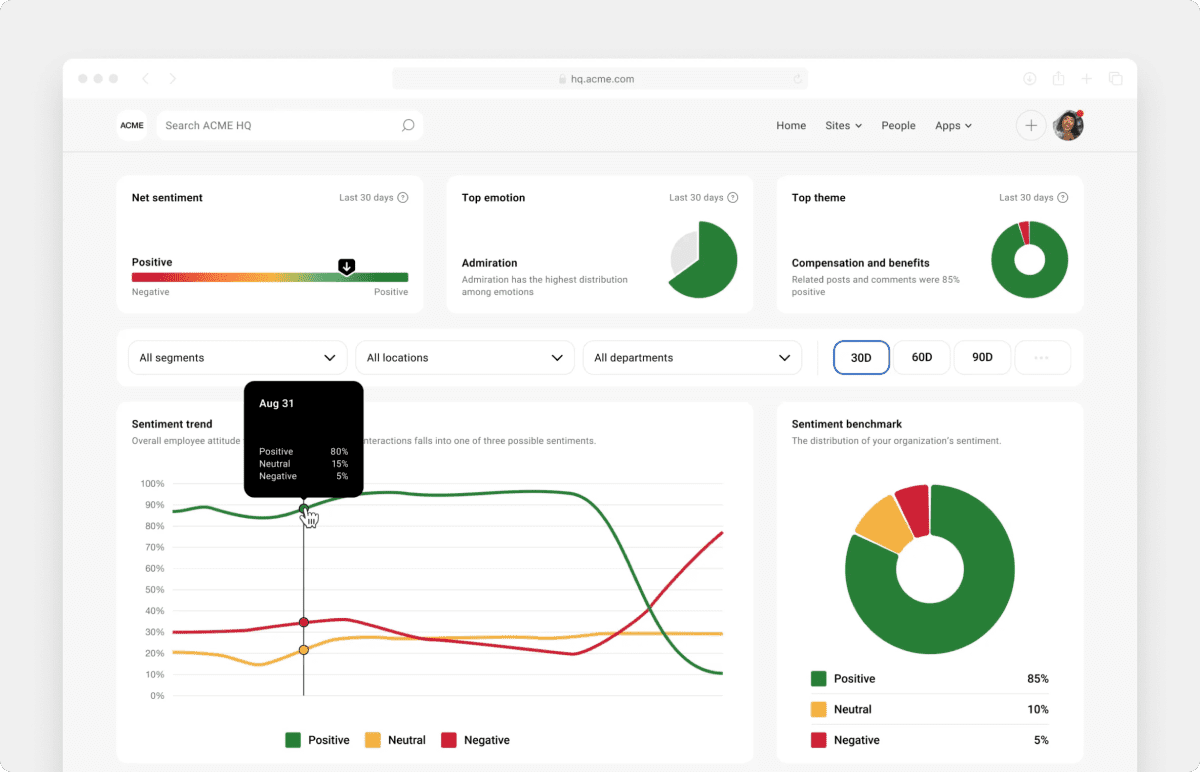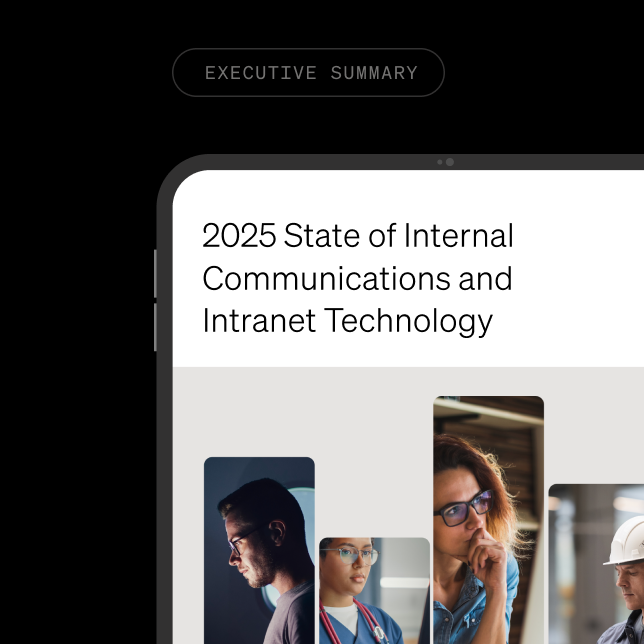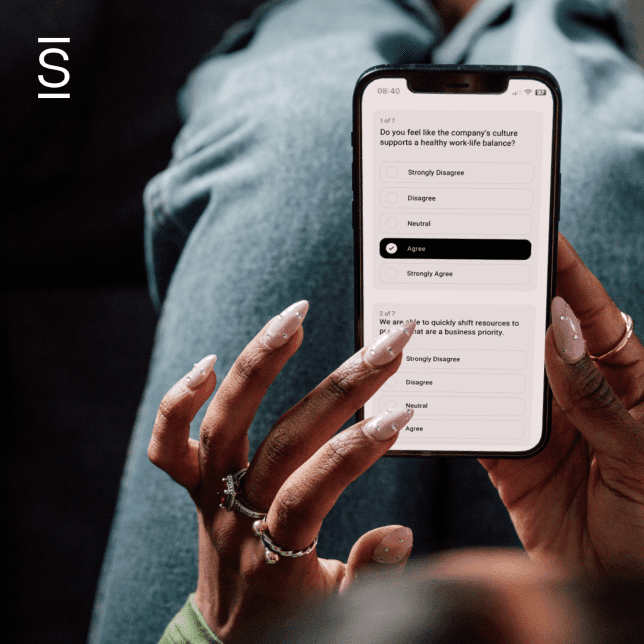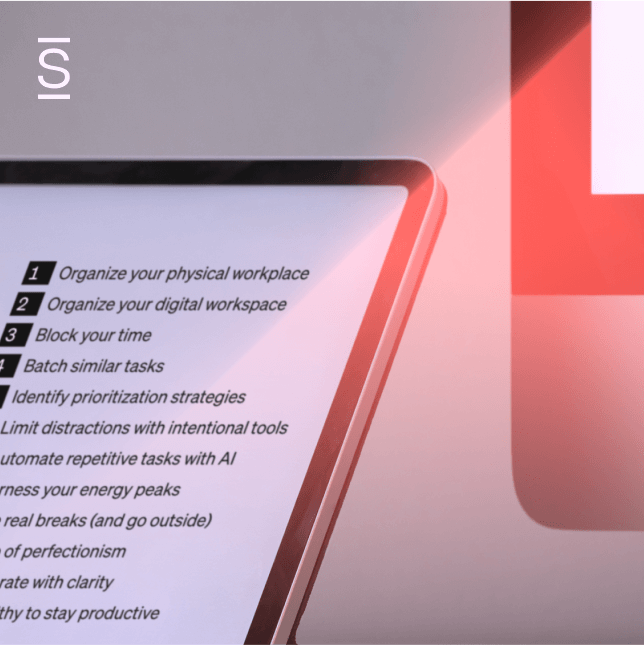This article was originally published on May 29, 2019, and was updated on September 30, 2024.
Want to deeply understand how your people feel about their experience within your organization so you can drive long-term engagement and retention? Ask, listen and act. Targeted employee engagement survey questions allow you to dig into authentic viewpoints, identify pros and cons of employee experience, and determine where to make adjustments to boost employee engagement and satisfaction.
Why employee engagement surveys matter
Knowing what employees are thinking and feeling is critical for keeping an organization productive, positive and profitable.
Employees want to be heard. Employees who feel seen and heard in the workplace are more likely to be engaged at work. A survey conducted by The Workforce Institute found that 92% of employees who said they felt engaged at work also felt heard.
There is a connection between employee engagement and feeling heard. Despite the connection, many organizations fall short when it comes to employee listening. The Workforce Institute study also found that 63% of employees felt their voice had been ignored in some way by their manager or employer.
Failing to listen to employees and boost employee engagement can be costly. According to Gallop’s State of the Global Workplace, disengaged employees cost the global economy $8.9 trillion. On the other hand, listening to employees and making changes based on their feedback can offer a high return to organizations who do the work.
High employee engagement can create a positive ROI. A Deloitte survey found that 83% of executives rank having engaged and motivated employees as the top factor that substantially contributes to a company’s success. Engaged employees who feel supported by their managers are 14% more productive, 23% more profitable, and 70% less likely to experience burnout.
Using employee engagement survey questions to get into the mind of workers and drive positive changes in the workplaces is how organizations can re-engage employees and reclaim losses in productivity, profitability, and employee satisfaction.
Learn more about enabling employee empowerment and voice
Tips for conducting great employee engagement surveys

Not all employee engagement survey questions will lead to the same insightful takeaways.
The quality of a survey has a direct impact on the value it will provide to organizations looking to implement change.
Keep these tips in mind when launching employee engagement surveys to collect the most authentic and valuable insights.
Tip #1: Emphasize that responses are confidential (and mean it)
You must gain your people’s trust or their responses won’t be authentic. Make sure you over-communicate that responses are confidential and that you’re asking so you can genuinely improve.
Tip #2: Set clear objectives
Before creating your survey, define what area of employee engagement you want to focus on. Are you looking to gauge overall employee satisfaction, understand specific areas of concern, or measure the effectiveness of recent changes? Clear objectives will help you craft focused questions and better interpret the results.
Tip #3: Focus on the key drivers of employee engagement
Simpplr Research has looked at employee engagement extensively, and recommends that you test for the following attributes as they are the biggest drivers of employee engagement:
- Shared purpose
- Alignment
- Community
- Growth
- Managerial Relationships
Related: Navigating the three circles of employee engagement
Tip #4: Keep the focus on your people
Sometimes, employee engagement surveys try to do too much. Keep the survey focused on employee perspectives, and avoid contentious evaluations that put others on the defensive.
Tip #5: Keep it simple
To avoid survey fatigue and increase response rates, keep your survey short and to the point. Aim for a mix of 10 to 20 well-crafted questions that cover key areas related to your objective. Use clear and direct language, avoid jargon, and ensure your questions are easy to understand.
Tip #6: Make changes based on what you learn
The quickest way to lose your people’s confidence is by conducting surveys but failing to act on what you learn.
Employees will be more likely to participate in surveys and spend time providing authentic answers if they feel their feedback leads to real improvements.
Let your team know you are listening by implementing changes based on their feedback and insights.
Related: How to conduct an employee experience survey to source top talent
25 top employee engagement survey questions
Use this list of employee engagement survey questions as a start for creating surveys that work toward your unique goals. You don’t need to include all of the questions. Instead, consider the goals of your survey and choose questions that will pull insights related to your top priorities.
For example, choose questions related to alignment with company vision if you are working on boosting company culture. Or select questions related to resource allocation and managerial support if you are working on initiatives to boost employee productivity.
Choose questions that will offer the best insights and ideas for improving a specific category of employee engagement.
- On a typical day, how excited are you to go to work? (Scale: 1-5)
- How satisfied are you with your current role and responsibilities? (Scale: 1-5)
- How well do you know what is expected of you at work? (Scale: 1-5)
- Do you feel that your work environment is supportive and conducive to productivity? (Scale: 1-5)
- Do you have the necessary tools and resources to perform your job effectively? (Scale: 1-5)
- How much do you feel you’re growing in your current role? (Scale: 1-5)
- Do you believe you have adequate opportunities for professional growth and career development within the company? (Scale: 1-5)
- How satisfied are you with the compensation and benefits package offered by the company? (Scale: 1-5)
- How would you rate your work-life balance? (Scale 1-5)
- Relative to your previous work experience, how would you rate your relationship with your manager? (Scale 1-5)
- How comfortable do you feel providing feedback to your manager and receiving constructive feedback about your performance? (Scale: 1-5)
- How much do you feel you are recognized and appreciated for your work? (Scale 1-5)
- How proud are you to work at our organization? (Scale: 1-5)
- Without cheating, please recite the company’s mission and core values? It’s OK if you can’t recite everything.
- How well do the company’s mission and core values align with your personal values and beliefs? (Scale: 1-5)
- How well do you think the company culture accurately matches the set mission and core values? (Scale: 1-5)
- Relative to your previous work experience, how would you rate your sense of community at our organization? (Scale: 1-5)
- How well do you feel the company promotes a diverse and inclusive work environment? (Scale: 1-5)
- In your role, how connected do you feel to employees at other locations? (Scale: 1-5)
- In your role, how connected do you feel to employees in other departments? (Scale: 1-5)
- How effective is leadership at sharing and conveying the company’s strategy? (Scale: 1-5)
- Without cheating, what are the company’s strategic priorities? It’s OK if you can’t recite everything.
- How much do you agree with the company’s growth strategy? (Scale: 1-5)
- How optimistic are you about the future of the company and your role within it? (Scale: 1-5)
- If you were CEO for the day, what is one thing you’d focus on?
Note for questions related to managers: We’re not rating the managers, which can get contentious. We’re asking employees about their relationships with the managers. The survey is about employee engagement and should focus on the employee’s perspectives.
How Simpplr can help

Listening to employees and gaining insights from their experience shouldn’t be a once-a-year task for your organization. It should be an ongoing initiative that allows you to continuously listen, learn, evolve, and improve over time.
Simpplr deepens your employee listening strategy by augmenting surveys with sentiment analysis and passive listening to empower leaders with actionable insights to elevate the employee experience. We centralize employee surveys, sentiment, engagement and insights in a single, comprehensive platform.
Simpplr Surveys
Simpplr offers a variety of AI-powered employee surveys to regularly measure underlying sentiment and identify pain points and areas of improvement for better decision-making.
- Pulse surveys help organizations regularly monitor and understand employee engagement levels to anticipate needs and implement timely solutions.
- Engagement surveys gather in-depth feedback to analyze and enhance employee satisfaction and drive long-term engagement and retention.
- All-purpose surveys offer flexible options, from quick polls to extensive research, to capture insights on a specific organizational need.
- Built-in employee engagement survey questions help organizations quickly build out surveys with questions designed to lead to insightful and actionable data points. You can customize or choose from a library of questions to get the necessary visibility to inform actions for improvement.
Analytics and insights

Simpplr leverages AI-powered Analytics and Insights to amplify the power of employee feedback. Gather and analyze employee signals across the platform, including surveys, sentiment checks and everyday interactions like comments, to gain a clearer, holistic view of employee sentiment.
- AI-powered passive listening continuously gathers data and delivers insights that reduce the time from “signal to action” and offer paths for improvements.
- AI-driven analysis transforms survey data into predictive insights, guiding decision-making and fostering a proactive workplace culture.
- My Team Dashboards put employee feedback and sentiment at a manager’s fingertips, offering insights and recommendations in real time.
Unlock insights through employee engagement survey questions
Your people want to be heard. Through employee surveys, you can gather the authentic employee insights needed to make improvements that lead to more engaged and productive employees. Request a demo to see how Simpplr Surveys can help you capture employee sentiment at scale to unlock potential, drive satisfaction, and foster a culture of high performance and continuous improvement.














